Top tips to lighting a factory
Manufacturing plants need adequate lighting – if your teams can’t see, they can’t work. But lighting big spaces can be a challenge, not to mention a huge investment.
With health and safety, energy efficiency and cost all playing a part, it pays to plan. In this article, we’re sharing our top tips to lighting a factory.
Practical considerations
When planning the lighting for a new factory or upgrading your existing lighting, you need to consider the practicalities.
Health and Safety
When planning your lighting, you have to ensure the light level is adequate, especially in areas where your employees are operating machinery.
Poor lighting near control panels can lead to errors in settings or tracking. Worse still, inadequate lighting near moving equipment can lead to serious accidents.
Bad lighting can also lead to eye strain or headaches, impacting productivity and increasing sickness. Some lighting solutions – such as LED – are designed to be as close to natural light as possible, which is proven to improve employee wellbeing.
Emergency lighting
Although it still falls into the category of health and safety, emergency lighting deserves its own consideration. Not only is emergency lighting a legal requirement, but it can also be a lifesaver.
If there’s a factory fire and/or your power fails, emergency lighting will lead your employees to safety.
So when planning your factory lighting installation, you should also plan your emergency lighting installation.
Switches and controls
In a large facility, having all lighting controlled by a single switch is not practical or efficient. You’ll want separate lighting controls for different areas – production plant, warehouse, offices and so on.
And within those areas, you may have multiple controls, so you aren’t lighting up unused areas. Motion sensors and timers can be used to improve energy efficiency.
Environmental considerations
Manufacturers are under constant scrutiny regarding carbon emissions, so energy efficiency and sustainability should definitely be on your planning agenda.
Light waste
We’ve already mentioned motion sensors and timers, which can be great tools for reducing light waste. Having lights on timers in areas that aren’t in constant use, such as store cupboards or toilets, stops lights from getting left on accidentally.
Motion sensors in warehouses can be installed to light up areas as people or vehicles enter them, meaning you don’t have to keep the whole warehouse lit up around the clock.
Many factories and warehouses have high ceilings or recesses, and you don’t want to waste energy lighting up these areas. Directional lighting focuses your light, so you aren’t paying to light up dead space.
Heat waste
Many older lighting solutions emit heat. Not only is this a complete waste of energy in itself, but it also means air-con and refrigeration units have to work harder, wasting even more energy.
When you’re planning your lighting, choose a solution that doesn’t produce heat, such as LED.
Bulb disposal
Some bulbs contain hazardous chemicals which aren’t great for the environment. But even if your bulbs aren’t hazardous, you don’t want them clogging up landfills.
LED lighting is popular because the bulbs outlast other types of bulb by a significant amount of time. Incandescent and halogen bulbs last around 1000-2000 hours. In comparison, LEDs can run for up to 50,000 hours.
Cost considerations
No business wants to spend money unnecessarily, so when it comes to your lighting, you’ll want it to be as cost-effective as possible.
Installation
Any new installation or upgrade will require investment, but the best way to save on installation is to plan properly and work with an electrical contractor with experience in factory installations.
If your design and installation are done properly, you won’t have to keep investing in corrective works and upgrades. It is better to pay a little more to get it done correctly than to cut corners and pay much more in the long run.
To take the sting out of the installation cost, it’s worth doing a cost-saving analysis to see how much you could save on running and maintenance costs over the long term.
Energy use
We’ve already discussed reducing light and heat waste to reduce energy use. But energy efficiency isn’t just beneficial for the environment – it’s also beneficial for your bottom line.
With the recent increase in energy prices, reducing energy use should be a priority for everyone and certainly something to consider when lighting your factory.
Ongoing maintenance
We’ve already discussed bulb disposal, but it factors into cost too. You might save a little on the installation by using cheaper bulbs, but if they need replacing three times as often, they’ll probably cost more in the long run.
When you’re putting together your lighting plan, account for ongoing repair and maintenance costs.
Benefits of LED lighting
We’ve mentioned LED lighting a couple of times with good reason. LEDs have so many benefits that it’s not surprising it’s the top choice for factory lighting.
• Energy efficient – reduce energy use and energy cost
• Long-lasting – up to 50,000 hours of light
• Low maintenance – very little ongoing maintenance required
• No heat emissions – better for temperature-sensitive environments
• Versatile – lighting designs can be tailored to the exact needs of your business
• Cost-effective – often delivers ROI through costs saved on energy use and maintenance
• Improve productivity – simulates natural light to improve employee wellbeing and productivity
LED is the way to go if you’re planning a new factory or looking to upgrade your lighting. And the good news is LED lighting isn’t nearly as expensive as it once was, making it a simple and cost-effective way to reduce energy bills.
Upgrade your factory lighting with AES
AES are specialists in designing and installing lighting solutions for manufacturers with a focus on energy efficiency. We understand how factories work and can make expert recommendations to help you get the most from your lighting.
We’re also one of only a handful of electrical contractors accredited to work in hazardous and ATEX areas, where there may be specialist requirements for your lighting.
We can also take care of planning, installing, testing and maintaining all your emergency lighting to keep you fully safe and compliant.
If you’re planning a new factory build, an extension to your existing premises or a lighting upgrade, we’ll ensure a design to meet your needs. Contact us today to arrange a consultation
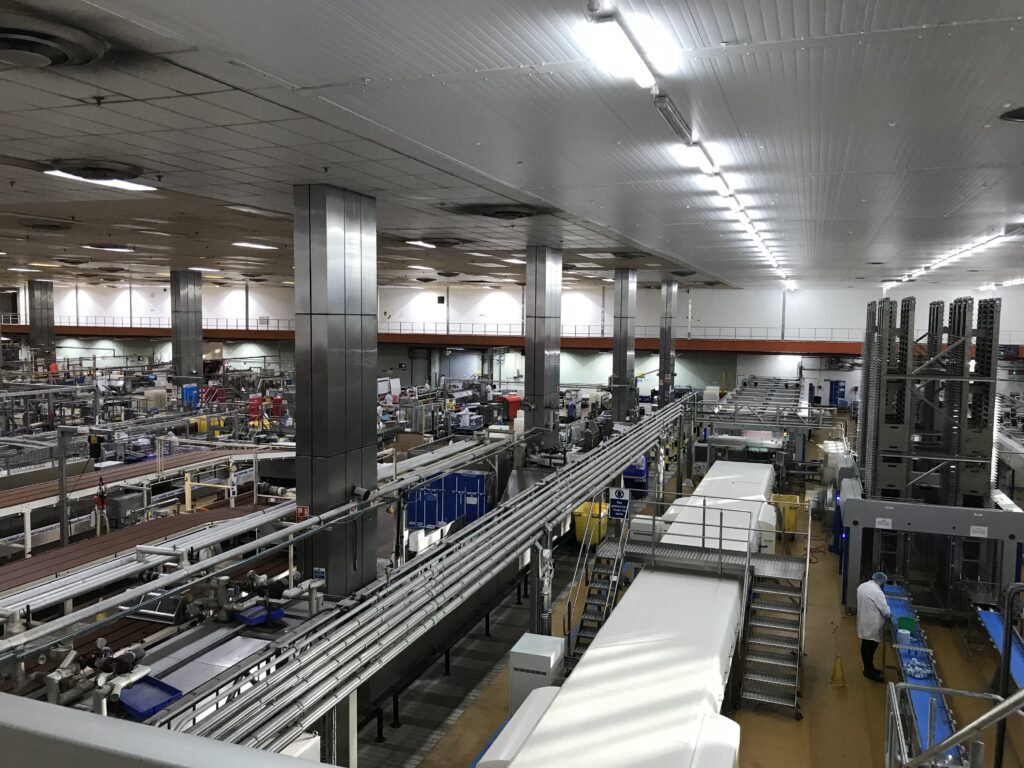
Case Study – Packing Hall Low Energy Lighting
Significantly enhanced staff working conditions with rapid ROI
Read more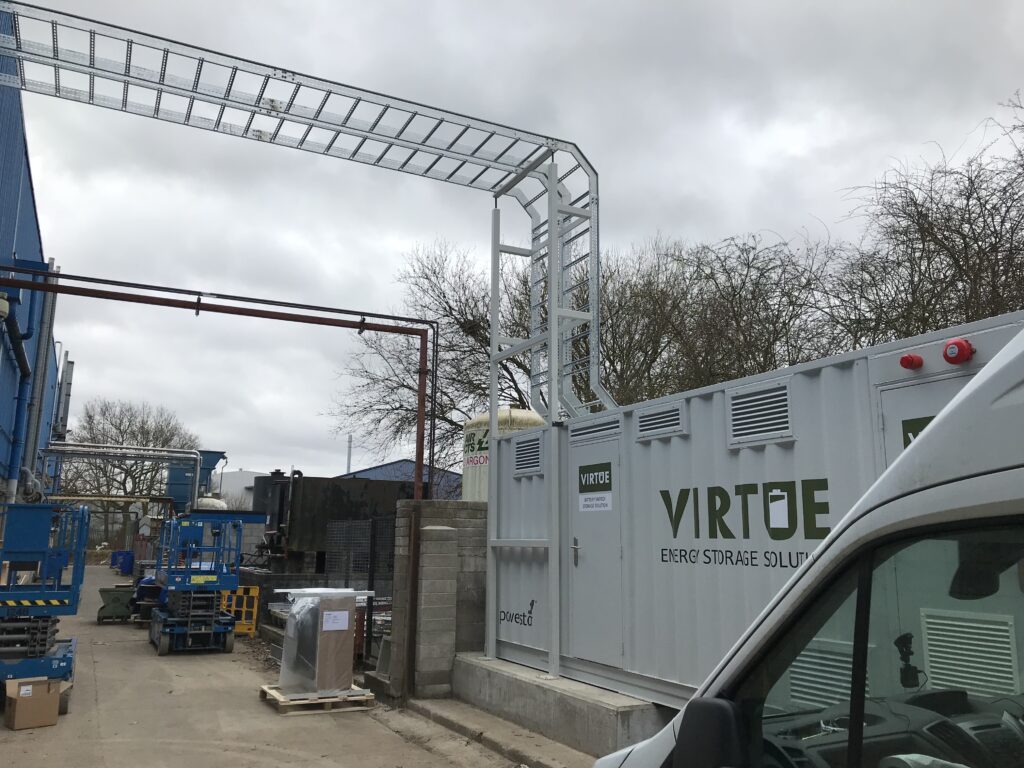
Case Study – Energy Storage System
Energy storage system provides cost savings & eliminates production downtime
Read more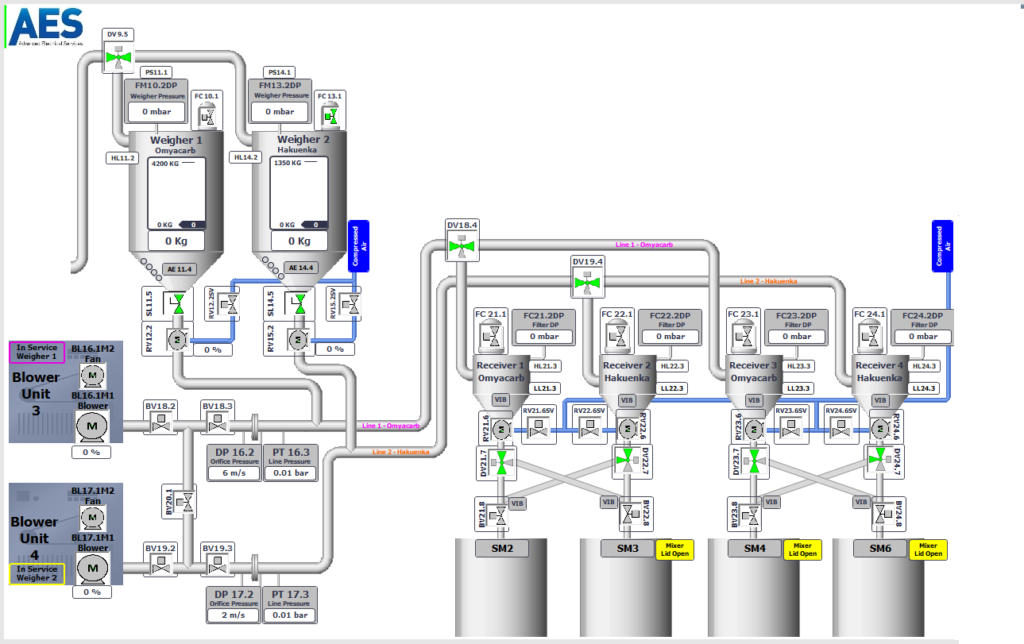
Case Study – Everbuild
Elimination of manual handling delivers product consistency improvements
Read more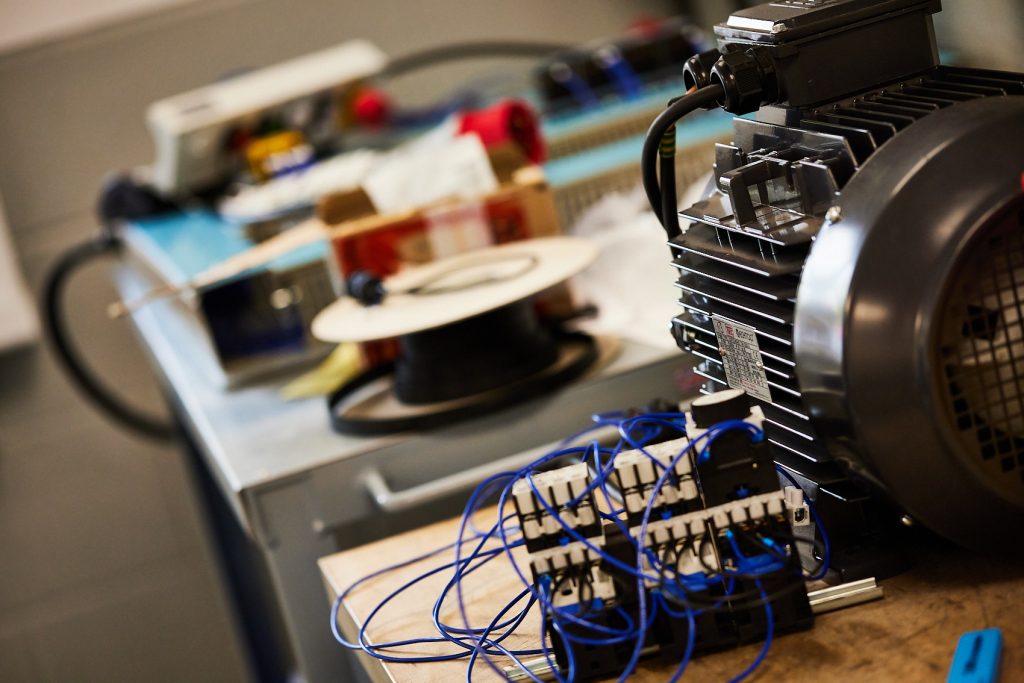
Case Study – Bibby Turboflex
AES low energy lighting project saves 48% in annual lighting running costs
Read more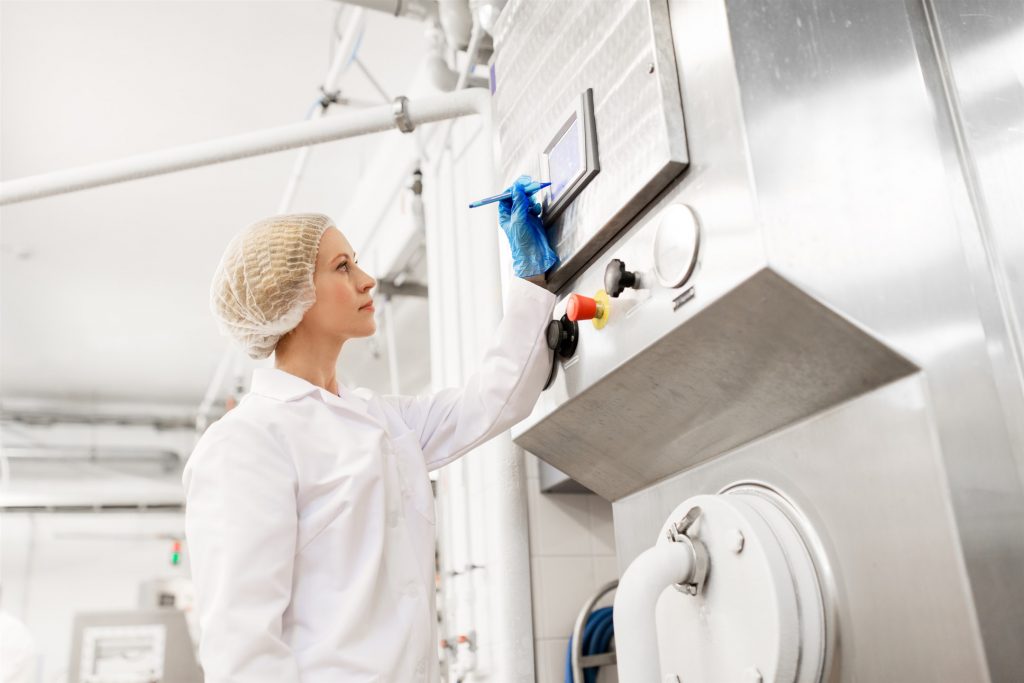
Case Study – Kerry Foods
Operational efficiencies maximised with new equipment integration.
Read more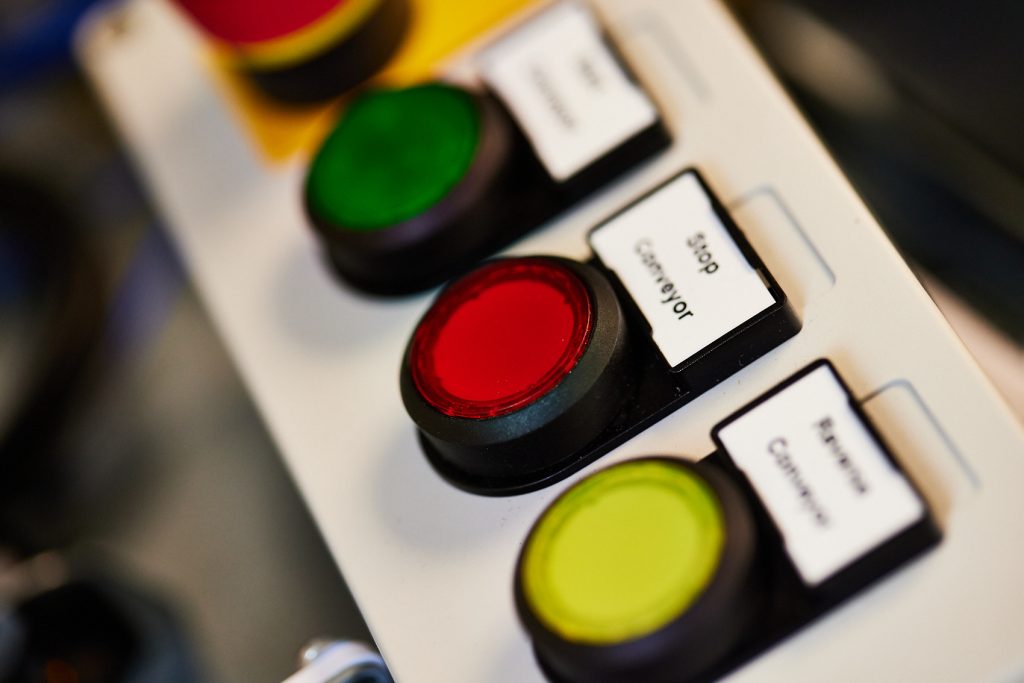
Case Study – Charles F Stead
AES find the right energy reduction solution with 20.75% annual energy savings.
Read more

